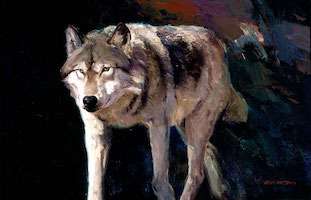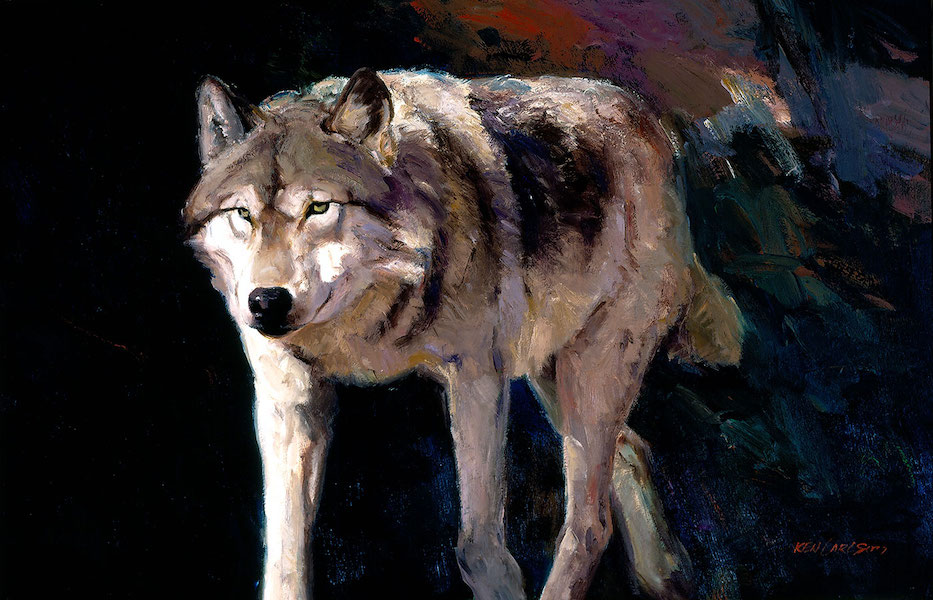
JACKSON, Wyo. – The National Museum of Wildlife Art (NMWA) will open For the Love of Canines, an exhibition dedicated to wild canines, on Saturday, October 22. The exhibition questions humans’ relationship and fascination with canines, whether loving or loathing, through works of art from NMWA’s permanent collection. It will be open through September 30, 2023.
“The subject of canines will resonate with a lot of visitors,” said Museum Director Steve Seamons. “Many of us live with dogs, or at least see them on a daily basis. It’s also a wonderful opportunity to display pieces that have not been on view recently. With over 5,000 works in the Museum’s permanent collection, we are always striving to rotate new works into the galleries for the public to enjoy.”
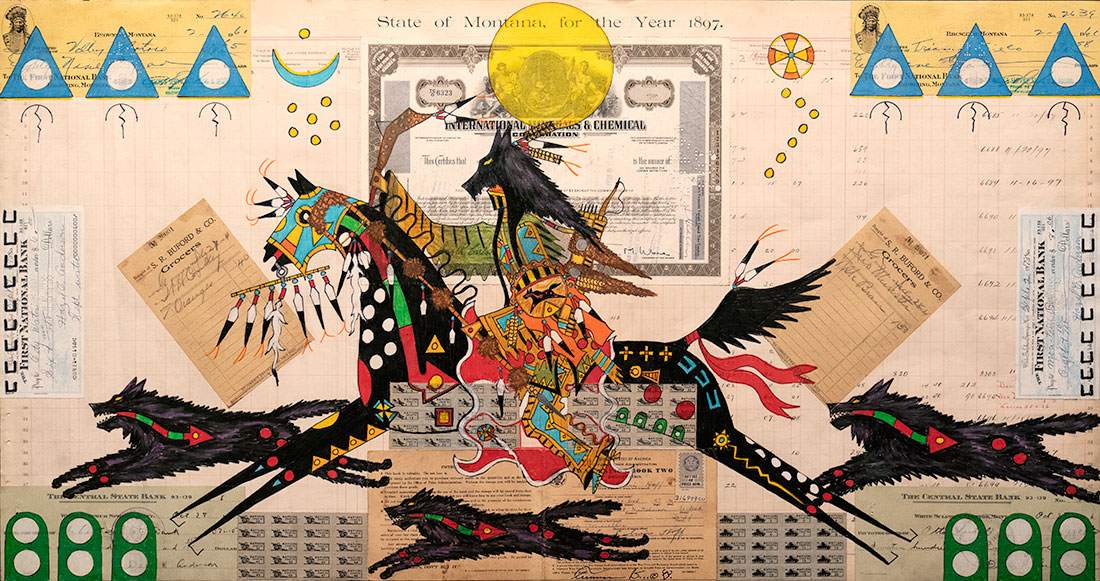
Wild canines, including foxes, coyotes and wolves, have held significant social and cultural meaning to humans worldwide throughout history. However, there are conflicting emotional opinions regarding these familiar predators. Foxes, for example, while prized for their beauty and their cunning, are often despised for preying on smaller livestock, such as chickens and ducks. Coyotes were nearly brought to extinction during western settlement, and are also part of some Native cultures’ cosmologies; sometimes considered a creator, Coyote might also be wicked or a buffoon. Still, the one thing that all wild canines have in common is a genetic relation to our own much-beloved domestic dogs.
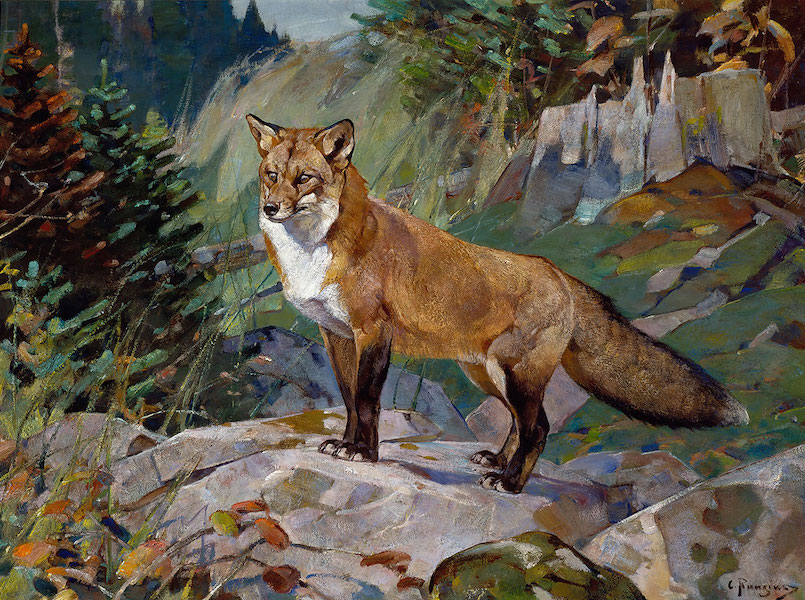
“I initially chose this topic of canines to complement Wolves: Photography by Ronan Donovan,” says Curator of Art Tammi Hanawalt, Ph.D. “We have so many great artworks featuring wild canines, wolves, foxes and coyotes as subject matter in our permanent collection and when going through them I could not help but think of my own dogs. There is, of course, a connection between wild canines and our pets – genetically and emotionally. Domestic dogs share over 90 percent of the same DNA as wolves and in comparison, wolves and dogs have similar modes of play and affection for each other.”
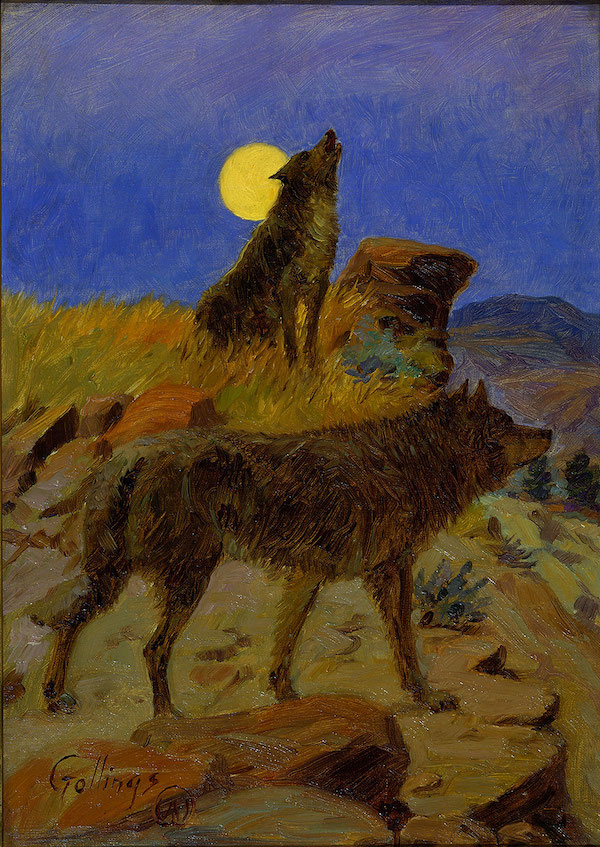
Hanawalt continued, “But all wild canines are also predators that we compete with. For the Love of Canines explores human-canine relationships through artwork from the 19th century to the present day to take a closer look at the diverse perceptions about the four-legged creatures we call both friends and enemies.”
Visit the website of the National Museum of Wildlife Art (NMWA) and see its dedicated page for For the Love of Canines.


